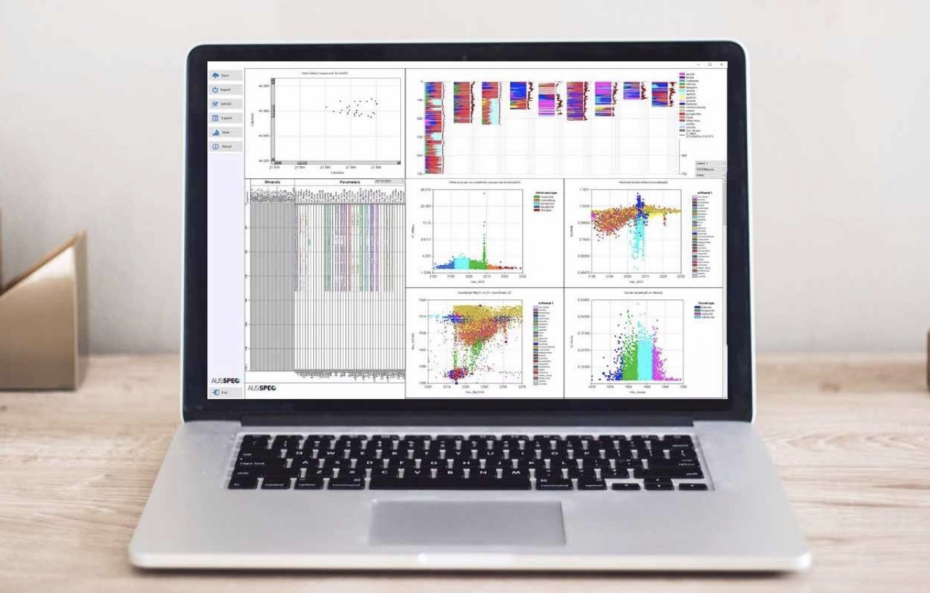Mineralogical data can be used across the entire mining value chain, from exploration to production, to build a detailed picture of a project, according to one of the world’s leading spectral mineralogy experts.
Dr Sasha Pontual, who developed aiSIRIS – a cloud-based artificial intelligence spectral interpretation software for portable spectrometer data – told an IMDEX Xploration Tech Symposium that mineralogy was critical for avoiding potentially costly surprises.
aiSIRIS (Artificial Intelligence Spectral InfraRed Interpretation System) is a proven technology that has processed more than two million spectra from more than 1,000 mining projects across the globe, according to Dr Pontual.
Dr Pontual joined IMDEX as Global Product Manager, Automated Mineralogy, when her company, AusSpec, was acquired by IMDEX in 2020.
“Historically, mineralogy sampling has not been adequate, with exploration companies relying more on the assay data and the geochemistry rather than actually using the mineral information,” Dr Pontual said. “We really need to know our rocks. This allows for decisions to be made in an informed way.
“Previously it has been based on low-density sampling. There are big volumes of samples spread through a deposit, but a lot of the work is associated with extrapolating the results from those low-density samples and basing some very critical decisions on small amounts of sample material.”
Dr Pontual says this low-density sampling is often not sufficient to get a detailed view of what is happening within a deposit.
“(This leads to) unwanted surprises during the mine life,” she said. “Some of them can be quite serious and lead to millions of dollars of loss and have serious adverse effects on the economics of a deposit.”
Dr Pontual said near-infrared technology could be used to determine mineral types and associations, mineral chemistry and crystallinity, in exploration to vector to potential mineralisation, in life of mine studies and mine planning, and at brownfields sites to extend known mineralisation.
Hand-held near-infrared tools offered ease of use, speed of collecting project-wide data sets and provided data that can be easily integrated with geochemical data.
“Hand-held spectrometers are still the fastest and most cost-effective way of collecting project-wide mineralogy,” Dr Pontual said. “The combination of an infrared spectral survey with a geochemical survey is very powerful because you’re then integrating that mineral information with your geochemical data.
“The complementary data sets allow for a more comprehensive understanding of the alteration system and the deposit.”
Hand-held spectrometers deliver substantial amounts of data for analysis, but “it’s no use getting volumes of data that are difficult to apply and to visualise in a geological context”, according to Dr Pontual.
“Industry requires accuracy and comprehensive information with detailed mineralogy, but with outputs that are easy to use,” she said.
Information needs to be standardised across projects and within companies, according to Dr Pontual.
Machine learning is the best way of getting accuracy and to train a system to be able to interpret the spectra in the same way as a spectral expert, she said.
Dr Pontual added: “This is how we developed the aiSIRIS system. This is a training set of real-world spectra that has all the variables built into it. We have close to two million real-world spectra and each one has been interpreted to an expert level.
“The system is very robust across a whole range of different geologies and different spectrometers and geological settings. You don’t need to do any preparatory work you can just go straight to your project, measure the spectra and analyse the spectra using the tool because you don’t need to create a project-specific spectral library for your project.”
aiSIRIS complements IMDEX’s existing in-field GeoAnalysis solution and integrates with IMDEX ioGAS™ software to provide further interpretation and analysis, the company said.











